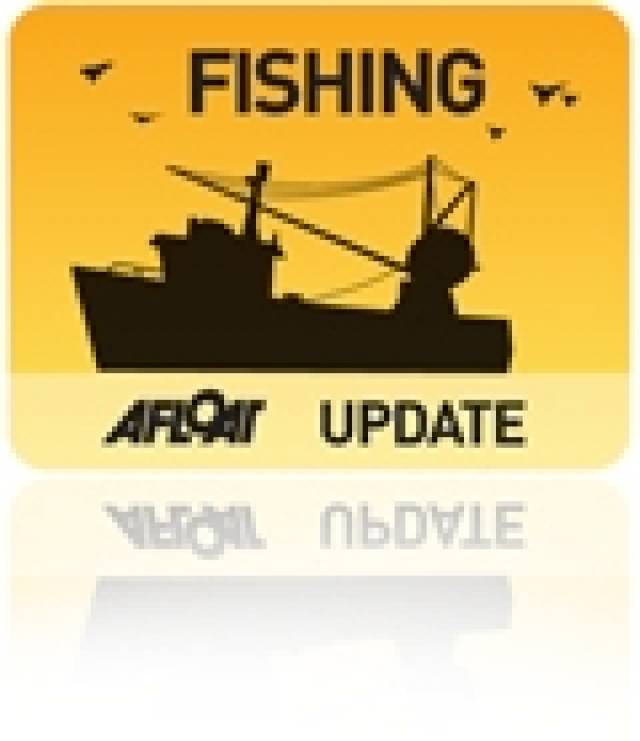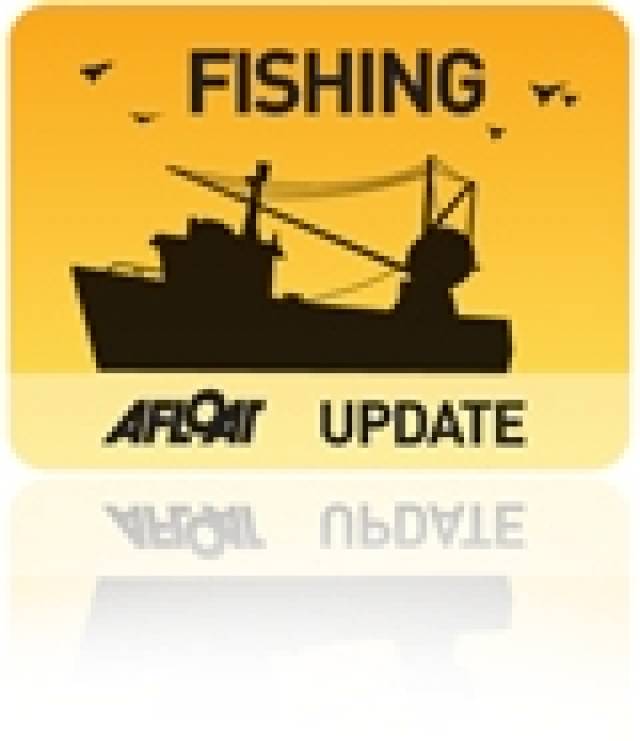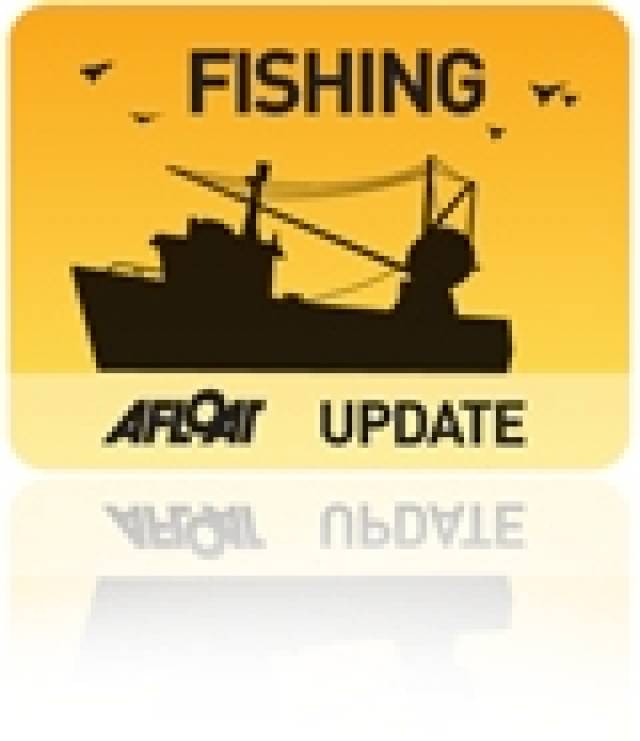
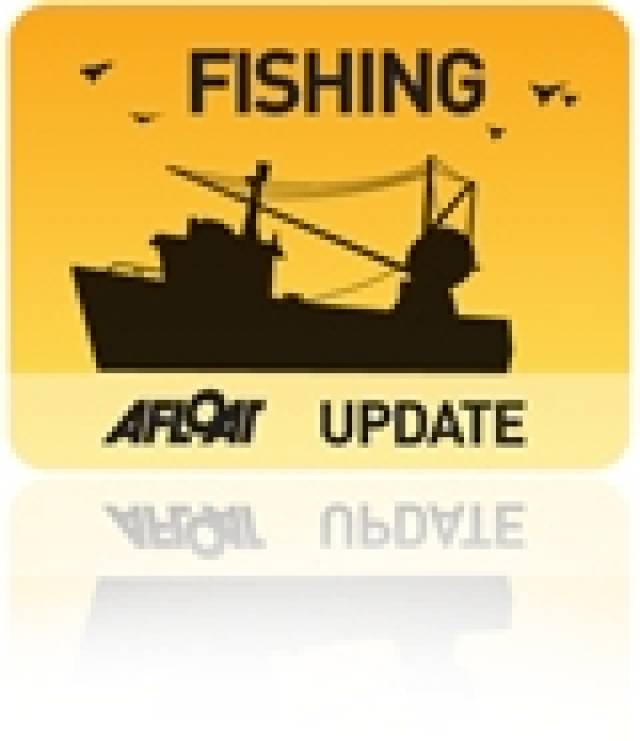

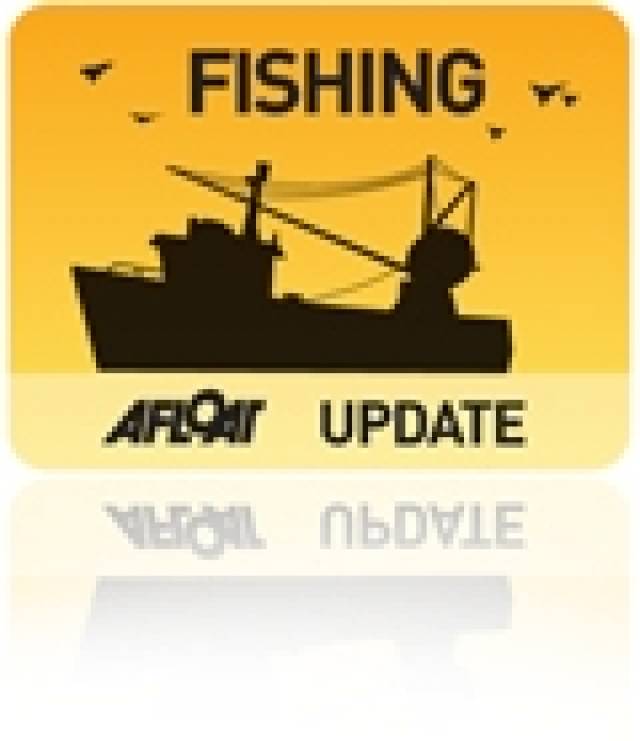
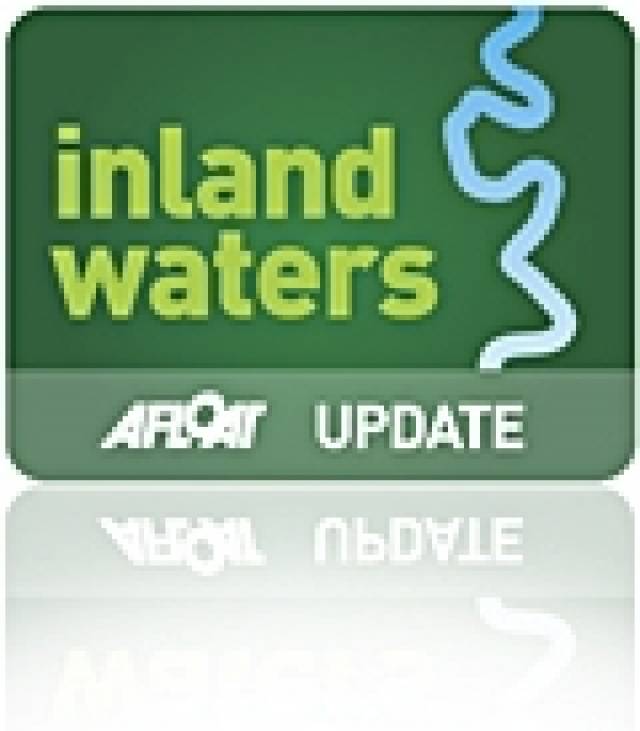

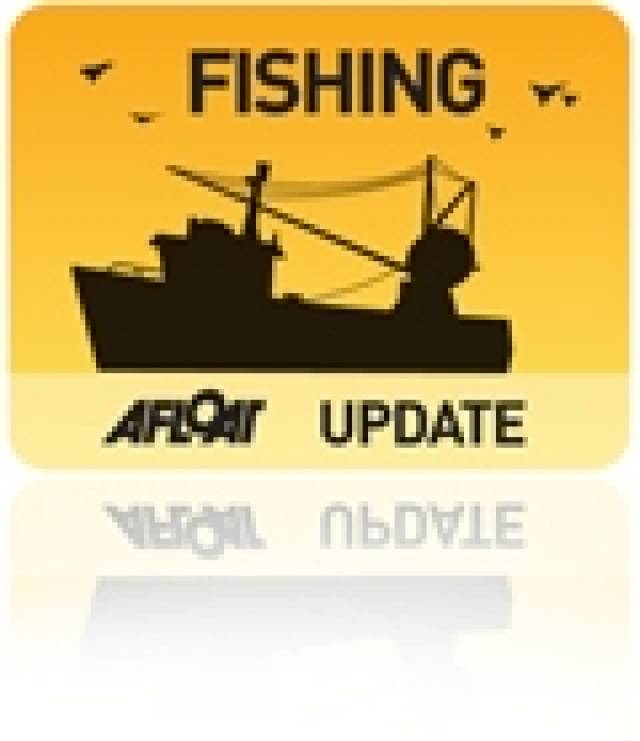
Lobster Stock Protected By New Conservation Law, 'V-Notching' Increases in 2014
22nd December 2014 Fishing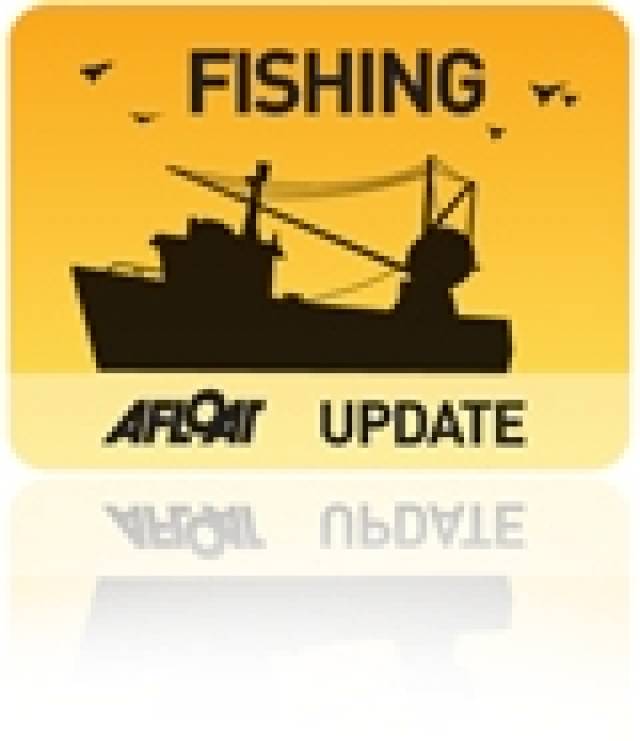
Minister Welcomes Outcome Of Ireland-Russia Talks On Meat, Dairy & Seafood Sectors
19th December 2014 Fishing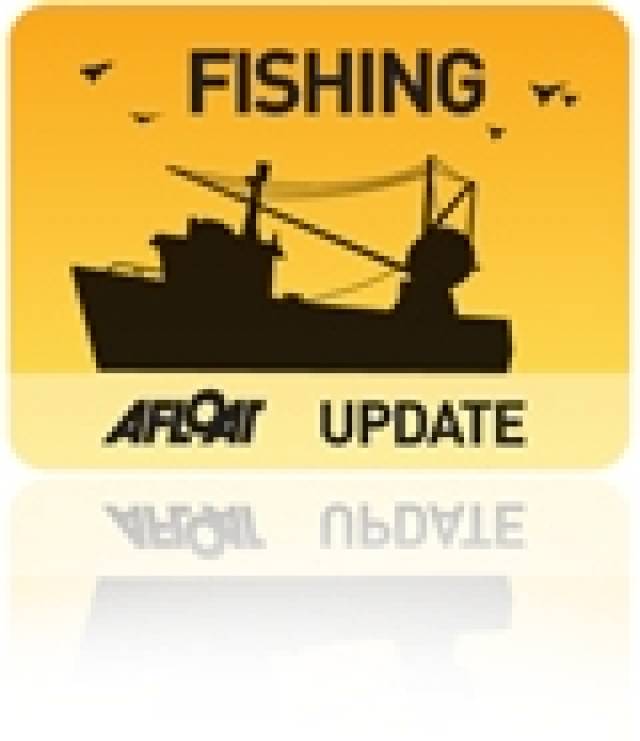
West Cork Fishing Village is Youtube Hit With Chapin Carpenter's 'Come Darkness, Come Light'
18th December 2014 Fishing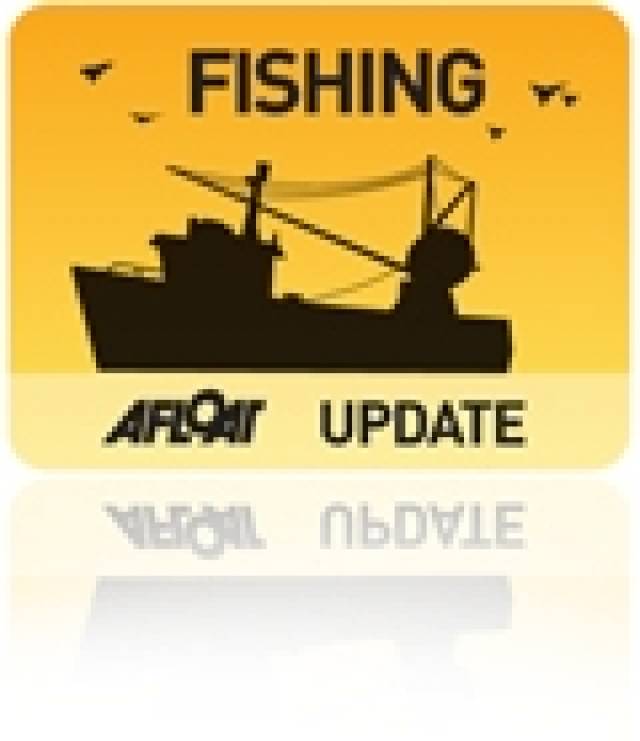
€123 million Package of Quotas for Whitefish Fishermen, Increase of 3% in €60m Prawn Quota
16th December 2014 Fishing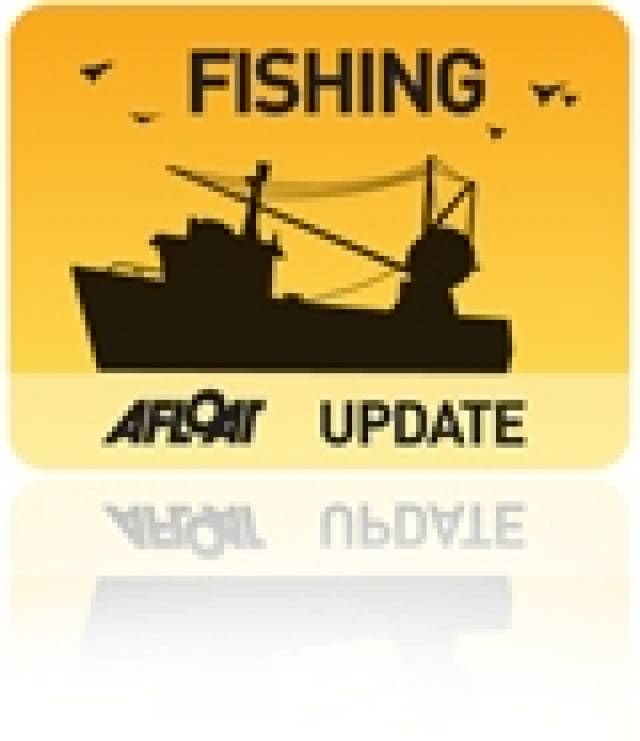
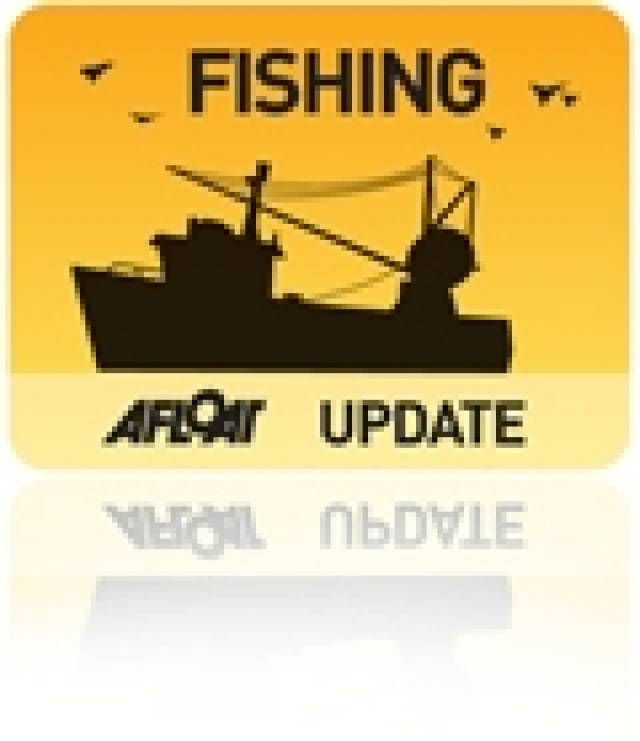
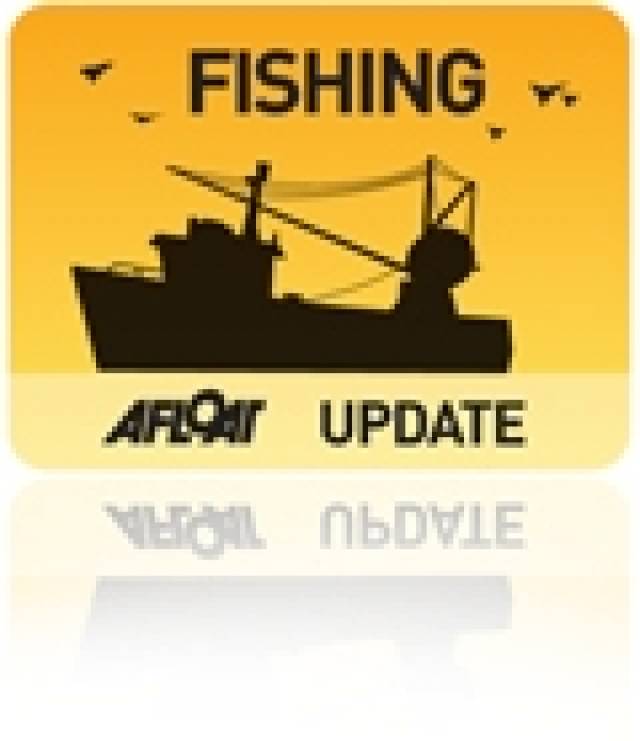

Coveney Welcomes 'Positive Outcome' at International Fisheries Negotiations In Clonakilty
4th December 2014 Fishing